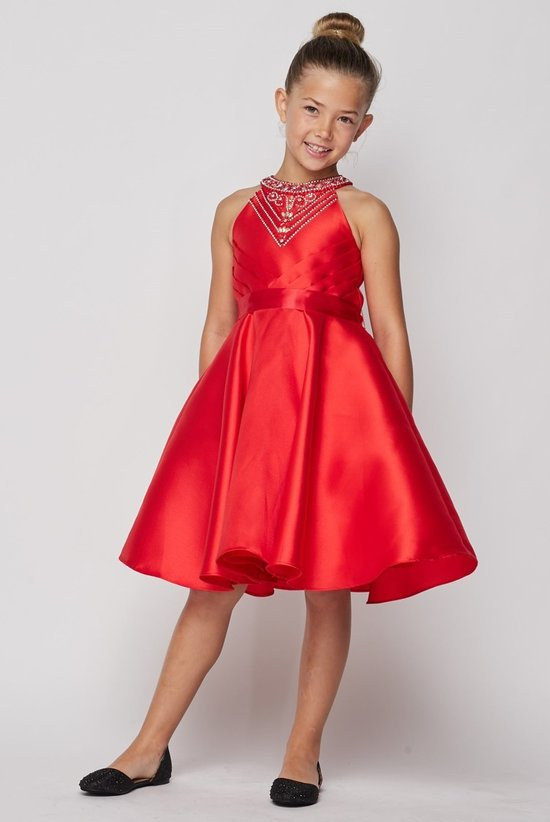
“I’m wearing red today in honor of missing and murdered indigenous women,” said Haaland. House of Representatives hearing on the MMIW issue last week, New Mexico Representative Deb Haaland-who took office in January and is one of the first Native American women elected to Congress-wore red. She has asked fellow Canadians to hang red dresses in solidarity, and they have, Black says, noting that on a recent trip to an island in British Columbia-population 500-she saw a red dress.Īt a U.S. “Different cultures all around the world have different spiritual meanings for the color red, and I want people to bring that to the dresses,” says Black. But she hopes that everyone can bring their own meaning to the color. To her, it “is the color of lifeblood-it connects all of us and it is sacred but it is also an allusion to what is happening to our women,” she says. The color red was part of Black’s initial vision. It grew beyond anything I could ever have imagined,” Black says. It’s like having a child and then it goes into the world. “I feel like it was given to me, as a vision. The project has become like a child to Black. “Different cultures all around the world have different spiritual meanings for the color red, and I want people to bring that to the dresses,” says the artist Jaimie Black. The exhibition has gone on to be shown all over Canada, mostly at universities, where workshops and debates can be held in tandem with the installation, says Black. In 2011, the first REDress Project was born on the University of Winnipeg’s campus. They asked her to put up an installation of those dresses, and the University helped collect the clothes from the community. She talked to professors at the University of Winnipeg’s Institute for Women’s and Gender Studies about having a workshop on MMIW, and also discussed a vision she had of red dresses. Then, while attending a conference in Germany on indigenous issues in Canada, she heard the now deceased Jo-Ann Episkenew, a native woman who was the director of the Indigenous People’s Health Research Center at the University of Regina in Saskatchewan, speak about the hundreds of indigenous women that had gone missing or were murdered in Canada. Working with native artists at the Urban Shaman Contemporary Aboriginal Art gallery in Winnipeg inspired her to further tap into her own creativity. The REDress Project will be up for the month of March only-to coincide with Women’s History Month-but the museum will also be hosting a symposium on MMIW on March 21, which will feature an all-female panel of experts.īlack is not an artist by training but has made art her entire life. and the first time the American Indian Museum has directly addressed the issue of Missing and Murdered Indigenous Women (MMIW), says Monenerkit. It is the first time Black’s project has been installed in the U.S. “Art transforms, and definitely transcends, and moves our perspectives of how we face a tragedy,” says Monenerkit. Black and the museum’s deputy director Machel Monenerkit hope the installation inspires viewers to ask questions, and that it provides a catharsis for those who have experienced violence. One can easily imagine a woman who once inhabited each garment. The Winnipeg, Manitoba-based artist-a member of the Métis Tribe-created the REDress Project as an expression of her grief and her feeling of connectedness to fellow indigenous women.

The notion that there is so much silence around the deaths and disappearances of so many native women is excruciating to Jaime Black. Department of Justice’s missing persons database, according to a 2018 study by the Urban Indian Health Institute, a division of the Seattle Indian Health Board. In 2016, 5,712 American Indian and Alaska Native women and girls were reported missing, which is likely the tip of the iceberg, since only 116 were officially recorded in the U.S.

A 2016 study by the National Institute of Justice estimated that 84 percent of American Indian and Alaska Native women have experienced violence in their lifetime compared to 71 percent of non-Hispanic white women. Native women are disproportionately affected by violence. And resources to more fully document the fates of these women is lacking. Law enforcement and sometimes the general public are indifferent. There is no definitive tally due to the tangled nature of jurisprudence in and around Indian Country. They serve as stand-ins for the potentially thousands of native women who go missing or are murdered each year. On a steel-gray winter day, the red dresses each hung, flapping in the wind along the plaza surrounding the Smithsonian’s National Museum of the American Indian-35 of them-in different shapes, sizes and shades.


 0 kommentar(er)
0 kommentar(er)
